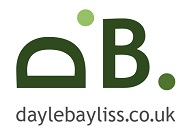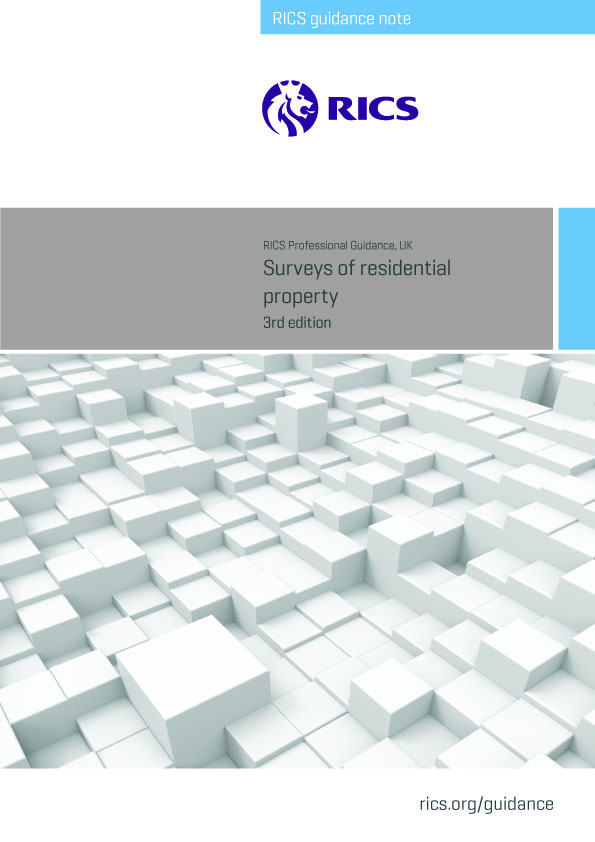-
What Type of Building Survey?
With the introduction of the latest RICS (Royal Institution of Chartered Surveyors) Guidance Note on Surveys of Residential Property we look at the different levels of Building Surveys set out within the guidance. This should assist when making the decision on what level of survey to instruct.
The Guidance note focuses on condition based surveys for residential properties at all levels. Separate guidance and standards exist for valuation of residential properties.
When instructing a survey of a residential property it is essential to understand the differences in the surveys that can be undertaken. This allows both client and Chartered Surveyor to understand what is to be delivered and the level of detail required. This forms part of the terms of engagement and ensures an understanding from all parties. The level of survey is categorised as follows:
- Survey Level One
- Survey Level Two
- Survey Level Three
These levels can be summarised as follows and are based on the RICS Guidance Note (3rd Edition):
Survey Level One
This survey includes a visual inspection, that is less extensive than the two following levels. This is a succinct report that objectively describes the condition of the building, its services and grounds. It will highlight any relevant legal issues and obvious risks to the building, people or grounds. The survey level one will not include advice on repairs or on-going maintenance. This combined with the less extensive inspection makes the survey level one more suited to conventionally built, modern dwellings in satisfactory condition. It is not suitable for older or complex dwellings that in a poor condition.
Survey Level Two
The intermediate of the building surveys, which includes a more extensive visual inspection of the building, its services and the grounds. Concealed areas that are safe to access, such as roof voids and accessible basements, are accessed. The report will objectively describe the condition of different elements and includes and assessment of the relative importance of the defect or problem. Whilst a concise report it will include at this level advise about repairs and on-going maintenance issues. Where a conclusion cannot be drawn, advice for further investigation will be given. This level of survey is suited to complex buildings, for example buildings that have been extensively altered or extended. It is also suitable for unique or older historic buildings, however, whilst it is suitable for older buildings the nature of the building should be considered. For example, a pre 1850 or timber frame building is likely to be inconclusive and of little use to the client. Also, if the building is in a poor condition or the plan is for extensive repair and alterations, then a level two may not be suitable. Discussions should be had with your surveyor to assess in a survey level two or three is more suitable in these situations. The survey level two in these examples is likely to result in a number of referrals for further investigation.
Survey Level Three
This level of survey is a more detailed visual inspection of the building, its services and grounds. It is more extensive than survey level two. As with a level two, concealed areas normally opened or used by the occupiers, will be inspected where safe to do so, eg roof voids. Services will not be tested, they are observed in normal operation, this is to say they are switched on and or operated where appropriate. The report will objectively describe the form of construction and materials used for different elements of the property. It will describe the condition and include an assessment of the importance of the defects or problem. This level of survey will also describe, where possible, the potential or hidden defects in areas not inspected. It will provide probable causes of the defects based on the inspection and outline a scope for remedial work and explain the consequences of not undertaking repairs. The survey will look to make recommendations in respect of the priority and likely timescales of the work to be undertaken. In some cases and where agreed as part of the terms of engagement, costs associated with the repairs may be given. This may often depend on the repair proposed and whether further investigations are required. Further investigations should be an exception rather than the rule with a survey level three. The survey level three will suit any residential property in any condition, but the surveyor should have experience of the property and construction types to be able to fully comment on condition, issues and repairs.
With any of the survey levels it is important to engage a surveyor that has experience of the property types and the materials used. It is also important to consider your long term plans for the property. If you intend to extend or alter the property a deeper understanding of the property may be required and therefore a survey level three may be more suitable. By also discussing your proposals with the survey you can ensure that the information you receive in the report is tailored to suit the long term plans. Do you intend to rent the property on a short term basis, our the plans for a major redevelopment? This can all impact on the level of survey required.
Dayle Bayliss Associates are a firm of Chartered Surveyors, Regulated by the RICS. We are based in Suffolk and undertake Building Surveys across the East of England, specialising in Listed and Heritage Buildings where alterations and repairs are proposed. To discuss your building survey needs please email us: enquiries@daylebayliss.co.uk
To read more on why to use a firm of surveyors regulated by th RICS please read our blog – Why use Surveyors Regulated by the RICS






